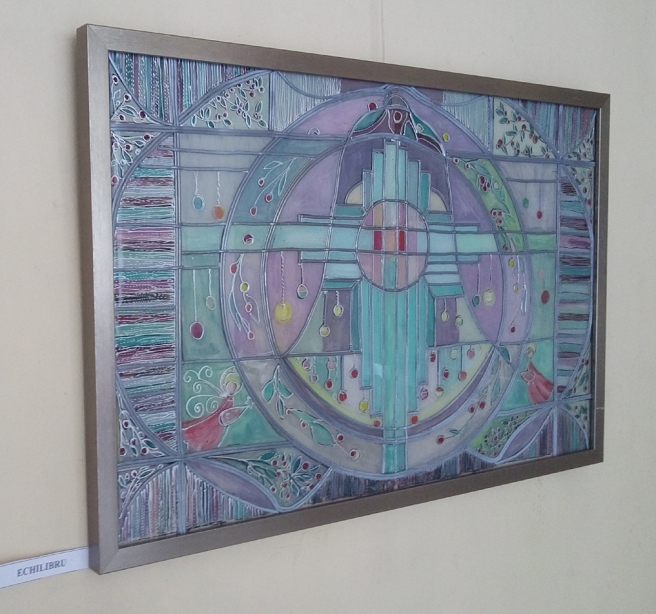Whether you’re an art aficionado or not, I think you may find you’ll enjoy some of the art galleries in downtown Bucharest on your next trip here. Entrance is free and I guarantee you’ll be surprised at what you’ll find. I’m amazed myself every time I go for a leisurely stroll and stop at Artmark or Galateca or Cercul Militar / Military Circle (the latter one where Victoriei Blvd crosses Regina Elisabeta Blvd, close to University Square). I had another favorite gallery on Victoriei Blvd, but unfortunately it closed down sometime this year. Other galleries I invite you to explore are Elite Art Gallery close to Unirii Square and Art Yourself Gallery near Romana Square.
All of these spaces showcase contemporary art, but Artmark also has an impressive collection of nineteenth-century art (along with collections of various objects they sell at auction) which rivals in many ways that of the National Art Museum (not in size, of course) and is free to visit. So you have nothing to lose; give it a try! Artmark’s building lies close to the National Art Museum, on a street (C.A. Rosetti) which connects Victoriei Blvd to Magheru Blvd.
Here’s a photo from my last promenade in the area, when I caught some contemporary pieces right after the official close of an exhibition.

And here’s an amazing piece from yesterday’s walk, when I swung by Cercul Militar and caught a glass painting exhibition by Elena Cioclu. The two images presented here are on show until August 5. My favorite is Golden Dream. It includes not only a cross, a (church) bell and angels, but also an axis mundi (through the cross), a liminal circular area which includes references to vegetation and organic forms, and a spiritual realm where angels support the structure of this world, including by holding on to the edges of the bell (and therefore helping it move in the world). The color composition is also intriguing, with golden, blue, and turquoise hues (which I haven’t captured very well) and with a more intense, orange reddish dot at the center of the cross, in a blue square. This bit is very significant, as it may refer both to the human nature of Christ and to His sacrifice, and also to the intensity of the center that holds all things together.
Note as well the circle around the meeting point of the arms of the cross, which is an ancient symbol of the Sun adopted by the Celts. Given that it’s also split in four, it also references, just as crosses do, the four corners of the Earth and the four elements that—at least in Western symbolism—make up this world (earth, water, air, and fire). And if you don’t see any symbols of the Trinity, keep your hair on: the vertical arm of the cross is flanked by three beams on each side, making up a total of seven, which is said to represent the unity between the Holy Trinity and the created world, among other things (the seven days of Creation, for one).
Golden Dream sells for €1,800.

NB: I had to take the photos at an angle because I developed a smudge on my camera lens (can’t fix it) and also this is glass, so I didn’t want my profile reflected in the photos.

If the above two pieces are too spiritually charged for you, I’ll leave you with a photo of marigolds from nearby Cișmigiu Park 🙂 (It’s a trick, of course. Marigolds got their name from Virgin Mary. They have been the flowers of choice for the Day of the Dead in Mexico and Latin America, where they originated. While in pre-Hispanic times they were offered to Mictecacihuatl, the Aztec Lady of the Dead, after Día de los Muertos merged with All Saints’ Day they’ve started decorating altars to the Virgin Mary, which have become integrated into Day of the Dead shrines. And so these fragrant flowers, which in Día de los Muertos rituals are believed to have the power to lead souls to the homes of their families, became known as “Mary’s Gold.”)

